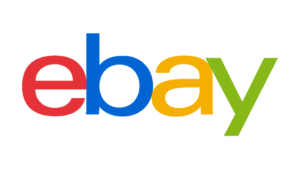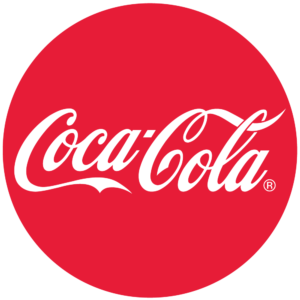accessiBe is a fully automated web accessibility solution that assists businesses in meeting ADA and WCAG compliance requirements. Thanks to its automated process that implements innovative AI technology, more costly, manual processes are now a thing of the past.
Three aspects of accessiBe’s offerings your business will love include:
- Certification: An accessibility statement and certification of performance
- Daily compliance monitoring: Includes re-scanning and updating or fixing accessibility issues, every 24 hours.
- Monthly compliance auditing: Receive an email detailing your professional compliance audit each month
Combine the monitoring services with practical automated solutions ranging from keyboard navigation for people with motor limitations to a glossary for people with cognitive disabilities, and your website will be operating at the highest compliance levels.
Companies like Oreo, Go-Pro, and Hilton have recognized the power of AccessiBe’s automated solutions and have made the leap to website compliance. But the company not only caters to large corporations; in fact, their goal is to help make the internet compliant by 2025. Small and large businesses alike will find the tools they need for achieving website compliance.





 Our #1 pick - accessiBe
Our #1 pick - accessiBe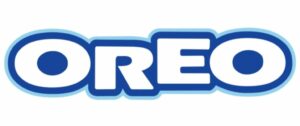

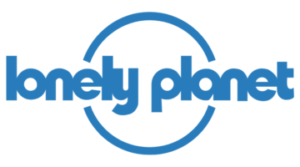
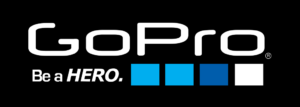
 UserWay
UserWay